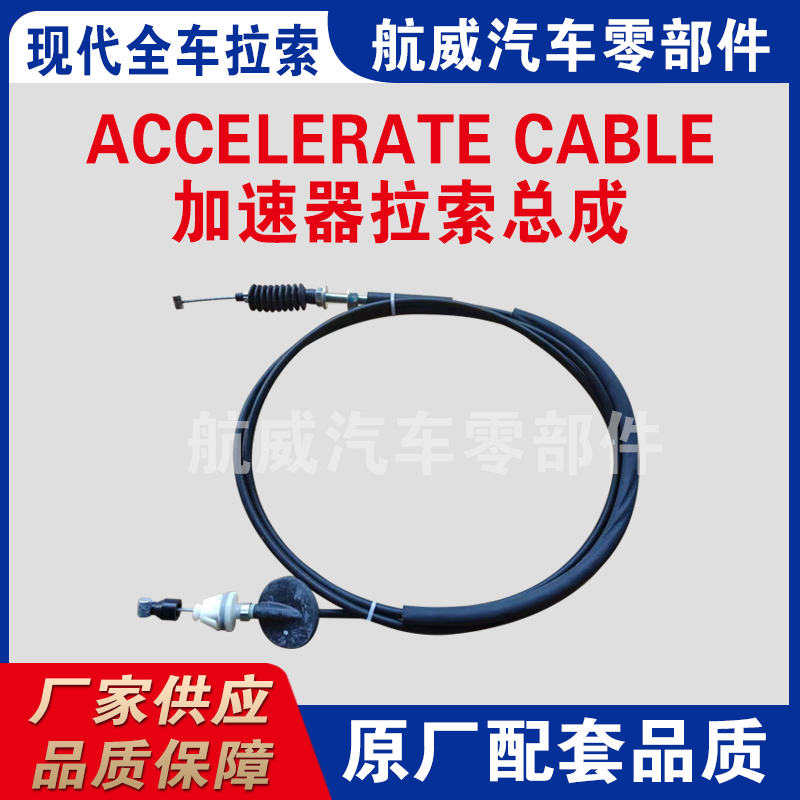changing gear cable
Changing Gear Cable A Comprehensive Guide
Changing the gear cable on your bicycle may seem like a daunting task, but with the right tools and a bit of patience, it can be achieved smoothly and effectively. Gear cables are crucial for the proper functioning of your bicycle's transmission system; they are responsible for shifting between different gears, ensuring that you can adapt to various terrains with ease. Here, we will walk you through the step-by-step process of changing your bicycle's gear cable, as well as offer some tips to ensure a safe and effective maintenance routine.
Tools and Materials Needed
Before you start, gather the necessary tools and materials. You will need
1. New Gear Cable Make sure to select the appropriate length and type for your bike (internal vs external). 2. Cable Cutters A good pair of cable cutters will make the job easier and cleaner. 3. Allen Wrenches or Screwdrivers Depending on your bike's components, you may need these tools to remove parts. 4. Bike Stand If possible, use a bike stand for stability while you work. 5. Lubricant A light lubricant can help the new cable run smoothly through the housing.
Step-by-Step Guide to Changing Gear Cable
1. Prepare the Bike Place your bicycle on a bike stand or flip it upside down to keep it stable. Ensure that the bike is clean and dry to prevent any dirt from contaminating the new cable.
2. Identify the Cables Determine which gear cable needs replacing. It’s common to replace them one at a time to prevent confusion.
3. Remove the Old Cable Begin by loosening the cable from the derailleur. You may need to use an Allen wrench to loosen the bolt that holds the cable in place. Once loosened, pull the cable out of the housing and remove it completely.
changing gear cable

4. Remove Cable Housing If the housing is worn or damaged, it is advisable to replace it as well. Slide the old housing out and measure it against the new one to ensure proper length.
5. Install the New Housing Insert the new housing into place. Ensure that it fits securely and does not have any kinks or bends that could impede cable movement.
6. Insert the New Cable Take your new gear cable and feed it through the housing, starting from the derailleur end. Make sure to leave enough cable at the end to attach it to the derailleur.
7. Attach to Derailleur Feed the end of the cable through the appropriate hole in the derailleur and pull it tight. Secure it by tightening the bolt you loosened earlier. Make sure not to over-tighten, as this can cause damage.
8. Adjust the Tension Gear cables need to be taut to function properly. Pedal your bike at the gear you usually use, and check if the shifting is smooth. If not, you may need to adjust the barrel adjuster on your shifter to increase or decrease tension.
9. Test Shifting With the new cable installed, test all of the gears to ensure that the shifting is smooth and responsive. Take the bike for a short ride to confirm that everything is functioning properly.
10. Final Check Inspect the entire cable installation for any signs of wear or improper alignment. Make any necessary adjustments for optimal performance.
Conclusion
Changing a gear cable is a fundamental maintenance task that every cyclist should know how to perform. It not only ensures that your bike shifts gears smoothly but also enhances your overall cycling experience. Regularly checking your cables for signs of wear can help you avoid future complications. Remember, if you ever feel unsure or encounter difficulties during the process, don’t hesitate to consult a professional bike mechanic. They can provide expert assistance and ensure that your bike remains safe and functional. With practice, you'll find that changing a gear cable is not just simple; it can also be a rewarding aspect of bike maintenance that deepens your connection and understanding of your bicycle. Happy cycling!
-
Workings of Clutch Pipe and Hose SystemsNewsJun.04,2025
-
The Inner Workings of Hand Brake Cable SystemsNewsJun.04,2025
-
The Secrets of Throttle and Accelerator CablesNewsJun.04,2025
-
The Hidden Lifeline of Your Transmission Gear Shift CablesNewsJun.04,2025
-
Demystifying Gear Cables and Shift LinkagesNewsJun.04,2025
-
Decoding Clutch Line Systems A Comprehensive GuideNewsJun.04,2025
